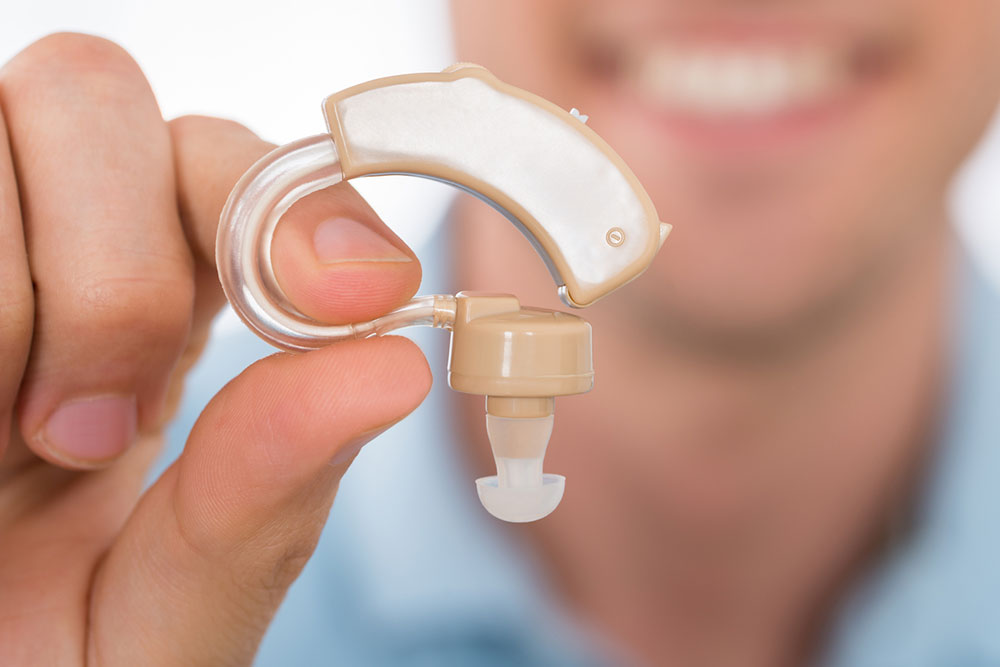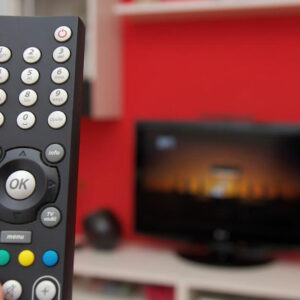5 mistakes new hearing aid owners must avoid

Hearing aids make a significant difference in the lives of people with hearing difficulties. These devices capture sounds from the environment and make them louder before sending them to the wearer’s ear. However, individuals should pick a suitable model after consulting a healthcare professional for the best results. One should also avoid making the following mistakes when buying hearing aids, as it could result in a poor user experience and other problems.
Not reading the instructions
Every hearing aid comes with an instruction manual, which users should read. While healthcare professionals usually teach patients the basics about the device, one must try to read the printed instructions themselves. The manual may contain additional information on how the product works and offer insights into its key features.
Being dishonest about hearing loss
Many people are dishonest about the extent of their hearing loss during a hearing examination. This can cause the expert to prescribe an incorrect model, which might not make much difference when the individual uses it. An incorrect assessment might also compel one to replace the hearing aid multiple times to find the right fit, which means spending more money than necessary.
Not carrying spare batteries
The batteries of some hearing aids discharge quickly. Therefore, it is always a good idea to carry a spare set. While a manufacturer may claim up to ten days of battery life, the test might be based on select environments. The real-time figures may differ based on whether the tool works extra hard to cancel noise, the set volume output, and other factors.
Neglecting the fitting process
Many people buy hearing aids based on their looks and features and neglect the fitting process, which leaves them with a device that is uncomfortable in the ear. For instance, one might feel pain when using it for too long, or the device might fall out because it is too loose. Going through the fitting process prevents these problems and ensures the tool is ideal for one’s ear.
Forgetting to track results
After purchasing hearing aids, one should never forget to track their results. Users should note whether they have trouble hearing in big rooms or if one ear aid feels tighter than the other. One should also note what they like about the device. Looking at these notes, experts could make tiny adjustments to hearing aids to improve their performance and user comfort.








